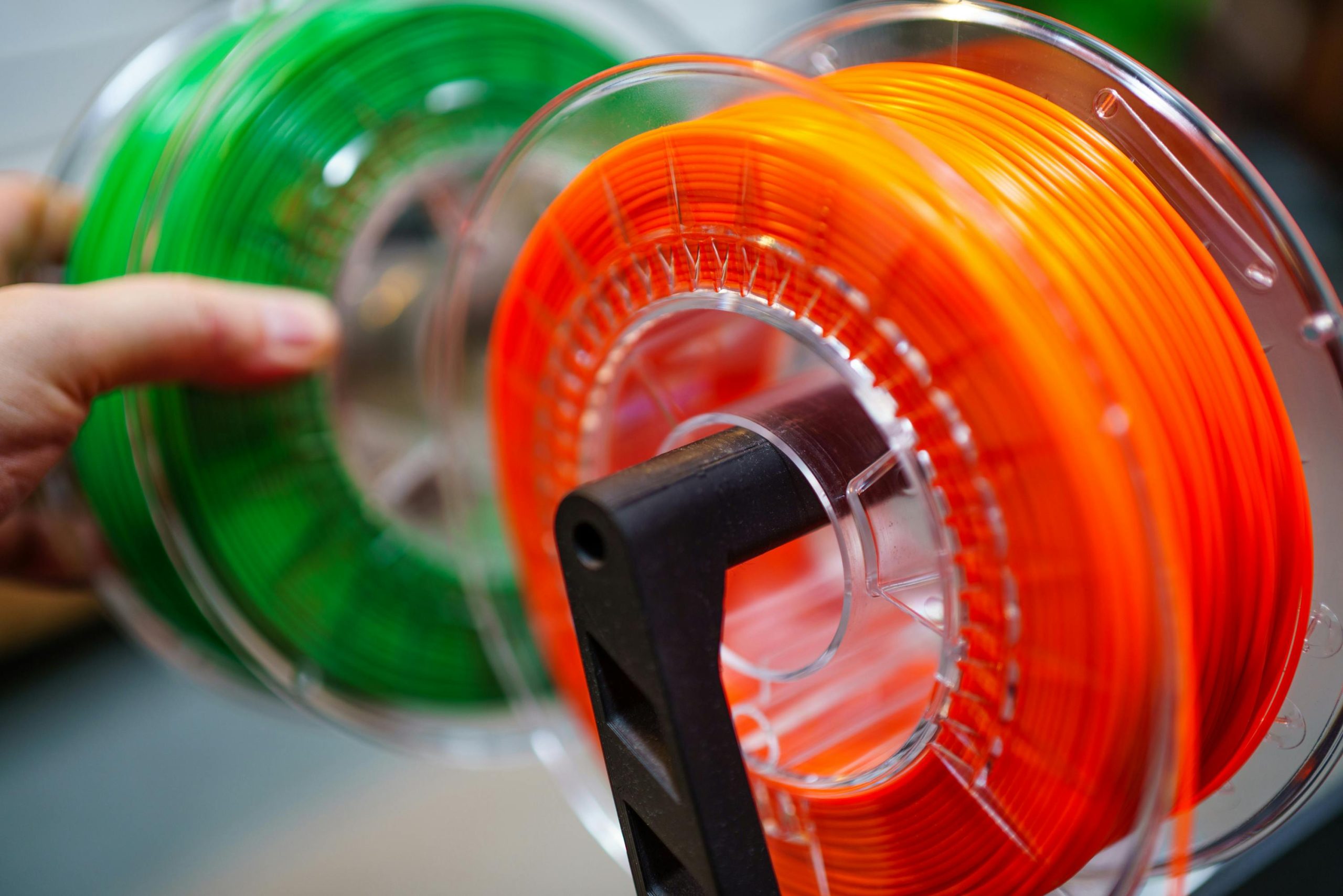The manufacturing landscape is undergoing a seismic shift, thanks to the rapid advancement of 3D printing technology. Also known as additive manufacturing, 3D printing is revolutionizing supply chains by enabling faster production, reducing waste, and allowing for unprecedented customization. As industries from aerospace to healthcare embrace this innovation, the traditional models of manufacturing and logistics are being redefined. This article explores how 3D printing is transforming manufacturing efficiency and reshaping global supply chains.
Reducing Lead Times and Accelerating Production
One of the most significant impacts of 3D printing on supply chains is its ability to drastically reduce lead times. Traditional manufacturing often involves lengthy processes, including tooling, molding, and assembly, which can take weeks or even months. In contrast, 3D printing allows for the direct production of parts and products from digital designs, eliminating many intermediate steps.
Key benefits include:
- On-demand manufacturing: Companies can produce parts as needed, reducing the need for large inventories.
- Rapid prototyping: Design iterations can be tested and refined in hours instead of days.
- Localized production: By printing parts closer to the point of use, businesses can cut shipping times and costs.
For industries like automotive and aerospace, where time-to-market is critical, 3D printing offers a competitive edge by accelerating production cycles.
Minimizing Waste and Enhancing Sustainability
Traditional subtractive manufacturing methods often generate substantial material waste, as excess material is cut away to create the final product. 3D printing, however, builds objects layer by layer, using only the material required. This additive approach not only reduces waste but also aligns with growing sustainability goals.
Consider these advantages:
- Material efficiency: Up to 90% less waste compared to conventional methods.
- Recyclability: Many 3D printing materials can be reused or recycled.
- Lightweight designs: Optimized structures reduce material use without compromising strength.
As environmental regulations tighten, companies adopting 3D printing can achieve both cost savings and greener operations.
Enabling Customization and Complex Designs
3D printing unlocks new possibilities for customization and intricate designs that were previously impossible or prohibitively expensive. From personalized medical implants to bespoke automotive components, additive manufacturing allows for tailored solutions without the need for expensive retooling.
Industries benefiting from this flexibility:
- Healthcare: Custom prosthetics, dental implants, and even bioprinted tissues.
- Consumer goods: Personalized footwear, jewelry, and electronics.
- Architecture: Complex building components with unique geometries.
This level of customization not only meets consumer demands but also opens new revenue streams for manufacturers.
Disrupting Traditional Supply Chains
The decentralization of production is perhaps the most transformative aspect of 3D printing. Instead of relying on global networks of suppliers and factories, companies can produce goods locally or even on-site. This shift reduces dependency on long, fragile supply chains vulnerable to disruptions like pandemics or geopolitical tensions.
Key disruptions include:
- Reduced logistics costs: Fewer shipments mean lower transportation expenses.
- Resilience to disruptions: Localized production mitigates risks from global crises.
- Just-in-time manufacturing: Inventory levels can be minimized, freeing up capital.
As 3D printing technology becomes more accessible, small and medium-sized enterprises (SMEs) can compete with larger players by leveraging agile, localized production.
Challenges and Future Outlook
Despite its potential, 3D printing is not without challenges. High initial costs, limited material options, and slower production speeds for large volumes remain hurdles. However, ongoing advancements in printer technology, materials science, and software are addressing these limitations.
Future trends to watch:
- Hybrid manufacturing: Combining 3D printing with traditional methods for optimal results.
- AI integration: Machine learning to optimize designs and printing processes.
- Scalability: Larger, faster printers enabling mass production.
As these innovations unfold, 3D printing will continue to redefine manufacturing and supply chain dynamics.
Conclusion
3D printing is more than just a technological novelty—it’s a game-changer for manufacturing and supply chains. By reducing lead times, minimizing waste, enabling customization, and decentralizing production, additive manufacturing is driving unprecedented efficiency and resilience. While challenges remain, the future of 3D printing promises even greater integration into global industries, paving the way for smarter, more sustainable, and agile supply chains. Businesses that embrace this revolution today will be the leaders of tomorrow’s manufacturing landscape.
